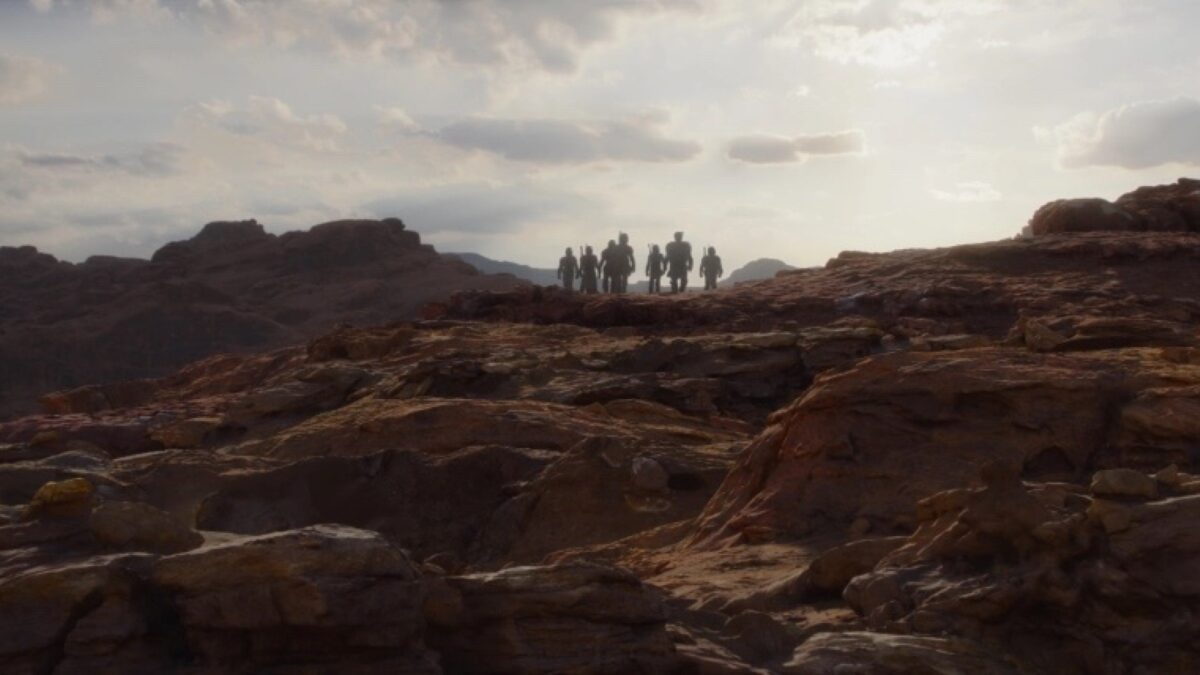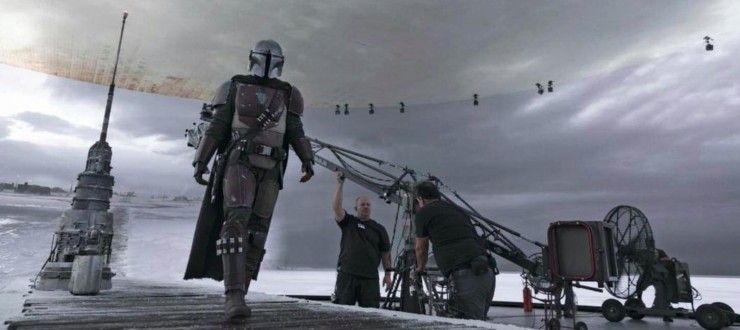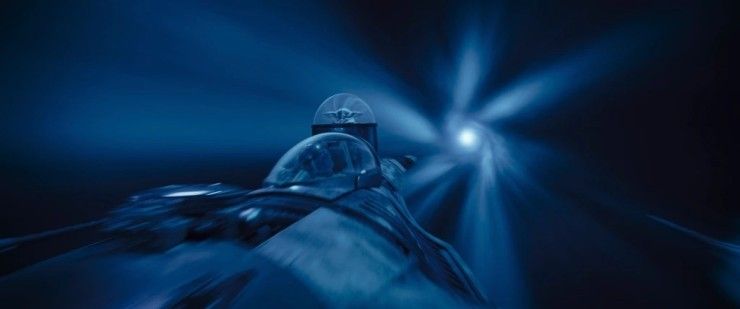
Productions are choosing real locations over virtual production stages, but why?
Virtual production stages have been a dominant force in film and TV production for the last few years. TV shows like The Mandalorian, Loki, and House of the Dragon saved on cost and time by using volumetric stages like StageCraft Volume. Still, these productions might be ready to return to real locations.
The Mandalorian series creator Jon Favreau revealed in an interview with IndieWire that the show’s upcoming third season pushes past the limits of ILM’s innovative virtual production tool.
Although the Volume has improved and expanded its capabilities since the first season of the series, Favreau points out that there are a few shortcomings that don’t make the new production tool the perfect solution for every scene.
Why The Mandalorian Isn’t Using ILM’s Virtual Production Tool As Much in Season 3
ILM’s virtual production tool has a few key benefits when compared to traditional green or blue screens. The large, curved LED wall is both a backdrop and light source that can change environments quickly to match the production’s needs. Need a quick scene in the deserts of Morroco? You got it. Have to be in a jungle later that day? You’re already there.
We wrote about the incredible versatility behind using the Volume a while back, and why it is a great tool for cinematographers for specific situations during production.
However, Favreau points out the downfalls of the virtual production tool when it comes to a storyline that relies on natural light environments.
“It becomes difficult because sunlight has such a specific aesthetic,” Favreau says to IndieWire. “The hard daylight is best done in hard daylight, but there are certain swaths of time, like magic hour or indirect sunlight or overcast, where we could do a lot of stuff like that.”

To rely solely on the Volume for large outdoor settings is difficult. In one sequence of this latest season, the team had to create the desert planet of Aq Vetina, which was first depicted in the animated Star Wars: The Clone Wars series. The physical sets built by production designers Doug Chiang and Andrew Jones did not fit on the Volume. Rather than let the size of the Volume dictate where the story goes, Favreau wants the story to dictate what locations and tools need to be used.
Favreau points out that there has been a positive effect due to the increased use of the Volume in other productions. New techniques for combining the virtual production stage with set design, green screen, and location shooting have been discovered, leading to a new resource for certain creative problems in production.
“It’s knowing what environment to do photogrammetry of, how to build the set so that the boundaries disappear and mixing it up from shot to shot, so you’re not always using the same technique,” Favreau says. “And then we have the geniuses at ILM and other vendors that we work with figure out how to capture all of that in the time frame and the budget that we have.”
Of course, the Volume is still a filmmaking tool that has its time and place in production. In the second episode of the third season, Din (Pedro Pascal) performs the ritual of bathing in “living waters” beneath the city’s old mines. Cinematographer Rachel Morrison utilized the Volume to light the intimate scenes throughout the episode as Din tries to find redemption.

The truth is, the Volume is a solid tool. It’s great for lighting faces and creating a virtual background for locations that may be impractical or expensive.
However, there is something grounding about filming on real locations and natural light that virtual filmmaking tools cannot replicate. We experienced this feeling with the real locations used in Andor and its focus on tangible elements of a scene that ground viewers in the world before it introduces CGI elements.
The StageCraft Volume wall has a place and purpose in our respective toolkits. But just like we would never rely solely on a location or a soundstage, the volume isn’t the perfect solution either. It won’t replace locations or stages, but instead, add to the versatility of an ever-expanding list of resources.
Practical locations will always help the actors, set designers, cinematographers, directors, and the audience ground a scene in some sense of reality. Soundstages, however, will provide increased repeatability and detailed control over your environment. The Volume, with whatever its final form ends up beings, will just be another tool in your creative holster.
But what do you think? Is the Volume on its way out or is it just not being used the right way? Let us know in the comments below!














